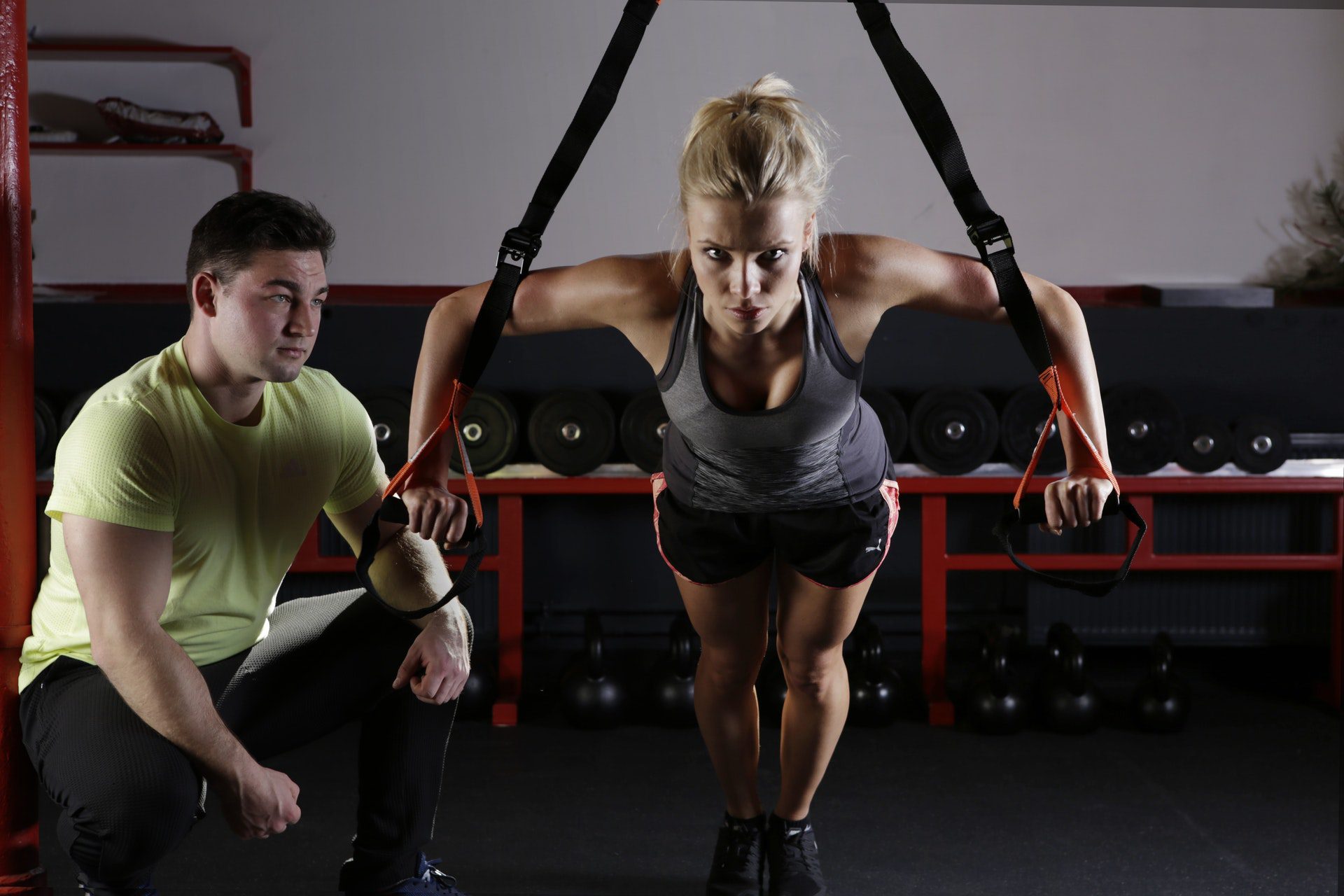
The best online fitness resource you'll ever need. We filter out the BS to ensure you meet your health and fitness goals!

The best online fitness resource you'll ever need. We filter out the BS to ensure you meet your health and fitness goals!

As a personal trainer, it’s common when beginning with new clients to sit them down and ask them about themselves. As part of this initial screening, I always ask their goals. Invariably, I am given one of four or five pretty nebulous answers:
And so on. Now, these are worthy ambitions. They should be what we all bear in mind when we embark on a new fitness journey. However, they aren’t goals – not quite. Or, at least, they are not useful goals.
Rather, they are simply hopes and, as above, ambitions.
With these in place, and nothing else, it isn’t too likely that anybody will succeed. As a personal trainer, it’s my responsibility to make my clients succeed, so I need to refine things a little before training can even begin.
But what is this process of refinement?
Well, put simply, it is a case of turning these rather nebulous wishes into actual, concrete goals towards which I can gear our training.
Goals, in this way, give you a route map to success, and make them seem (and in reality, be) far easier to achieve.
The secret between making your fitness goals and falling behind really is no secret, therefore. You just need to be able to make goals.
Simply saying you want to lose weight or get fitter doesn’t actually mean much. What would either of these look like, how will you know when you get there, what exactly are you measuring and, thus, what exactly are you working towards?
You need to set up the right goals from the off.
For instance, if you want to lose weight, fantastic. Many people would do well to aspire to do so. However, as a personal trainer, I would either ask you how much weight you would like to lose or, based on your biometrics, suggest how much you should.
For instance, if a client weighs 85 kg and I thought that they would be healthier at 80 kg, I would set them the goal of losing 5 kg. This is the principle of specificity.
Then you need to make it measurable and time specific.
So, they need to lose 5 kg, and I know that we could easily trim 300 calories per day from their maintenance calories. We could further easily burn 200 calories per day performing cardiovascular additional exercise, like going for a 30-60 minute walk each evening.
This means that they could easily create a daily deficit of 500 calories, which will give them a weekly weight loss of 0.5 kg. I would therefore task them with losing 0.5kg per week for ten weeks, at which point they will hit their target weight of 80 kg.
Goals, in this way, give you a route map to success, and make them seem (and in reality, be) far easier to achieve.
What looks insurmountable at the beginning – ‘I want to lose weight’ – soon becomes very achievable. ‘I need to perform 200 calories of cardio per day, eat 300 calories below maintenance, and keep at it for ten weeks. Then I will hit a healthy goal’ is simple and actionable.
It is also far more efficient. Simply willing weight away and trying to eat less, do more, and wonder what the scales will show you each week will take a long time to grant success, if indeed it ever does.
Let’s look at another example. If I get someone telling me they want to be fitter, I can ask them what ‘being fit’ means to them. It means different things to different people, after all. If they then tell me, for instance, that they would like to run more easily, without getting so out of breath, I would have something to work with.
In our first couple of sessions, I establish that they can run 1 km before running out of steam. This is perfect – I now have some data to work with. I can suggest to them that they should make it their goal to be able to run 5 km, easily, in six months. In fact, I know of a local 5 km race that’s happening around them, which they should enter and train towards.
Then, I have them run at different intensities, several times per week. I give them a goal of adding around 1 km to their maximum distance each month, or half a kilometre per fortnight. I would have them run this, to elicit adaptation and to measure our progress. This will bring us up to our 5 km mark a little early.
But remember, I want them to run it easily – this means a constant, steady pace, without running out of breath. So, the final two months or so will be devoted to perfecting the 5 km run and to further improving cardiovascular fitness.
At the end, they will indeed ‘be fitter’ than when they started.
Success becomes tangible and attainable when you measure it by specific, measurable, time specific goals. A fitness plan also lands in your lap, pretty much fully formed, when you do so. It simply then becomes a case of joining the dots and waiting to hit your goal.